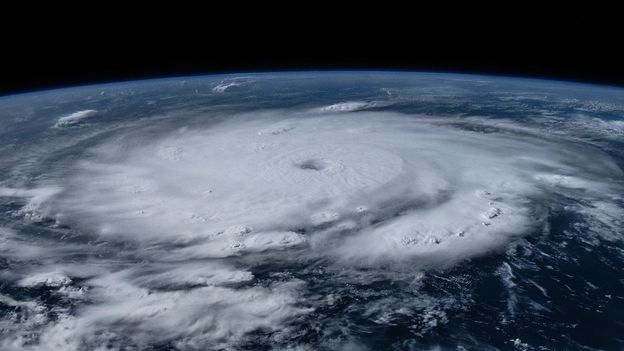Fuelled by heat from ocean waters, hurricanes are sometimes known as nature’s steam engines. As they barrel over the oceans, they turn its heat into brutal kinetic energy that flattens islands and inundates coastal cities, taking months of urgent repair work to heal. Ocean temperatures are now breaking all records, and these “engines” are responding accordingly, cutting different paths across the ocean, slowing down, and becoming less predictable and more dangerous.
Now there’s a race to understand exactly how hurricanes are rewriting the rules and patterns we’ve seen before, in the hope of learning how we can adapt.
One of the strongest storms to form recently in the Atlantic did so under conditions that ought to have prevented a hurricane from forming, says Hugh Willoughby, research professor in earth and environment at Florida International University.
So for a category five like Hurricane Lee to form despite considerable (wing) shear came as “a nasty surprise”. The extraordinary ocean warmth in September 2023 may have somehow overwhelmed the influence of shear, says Willoughby, though it’s not entirely clear why.
BBC News - News Source Context (Click to view Full Report)
Information for BBC News:
MBFC: Left-Center - Credibility: High - Factual Reporting: High - United Kingdom
Wikipedia about this sourceSearch topics on Ground.News



